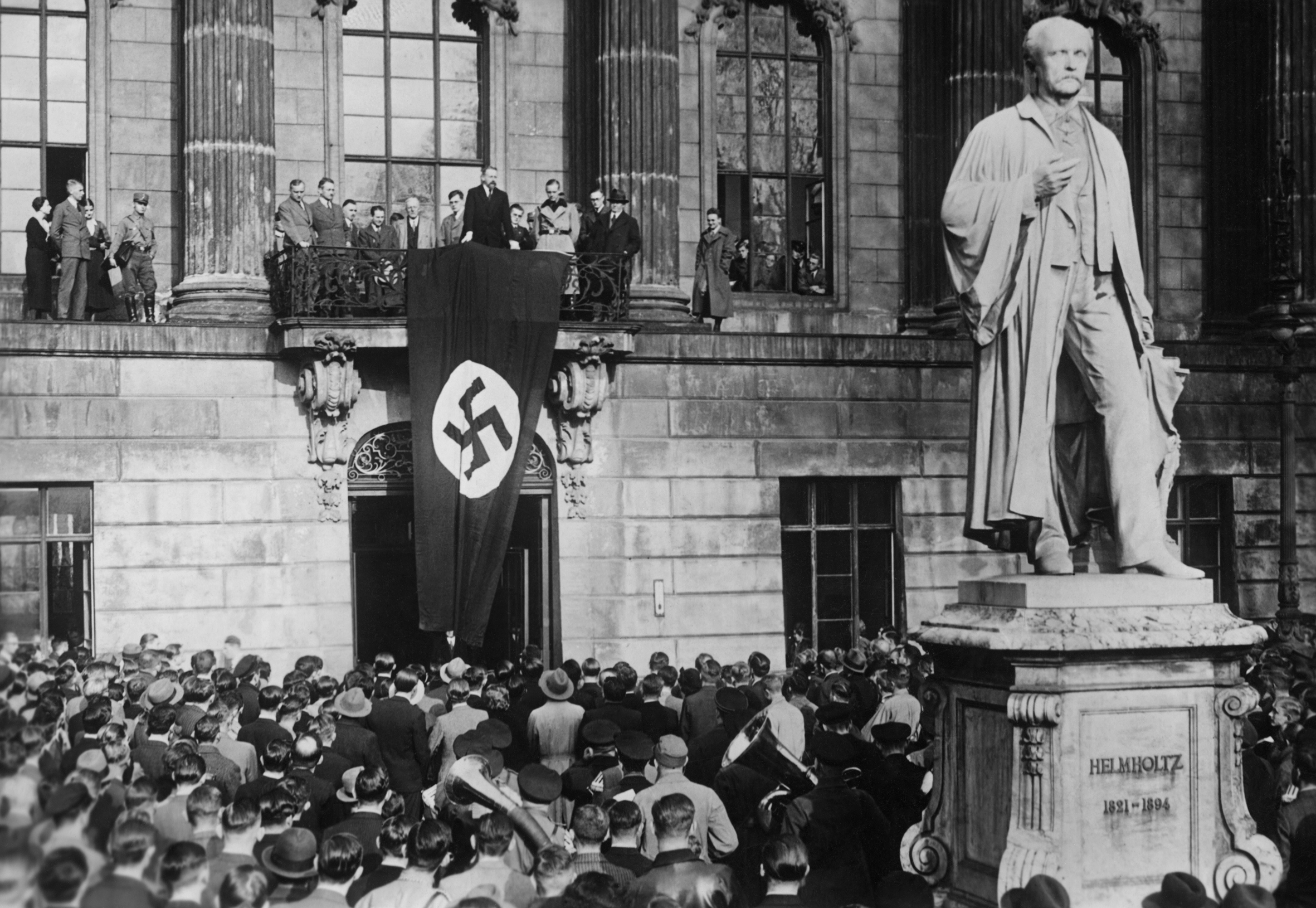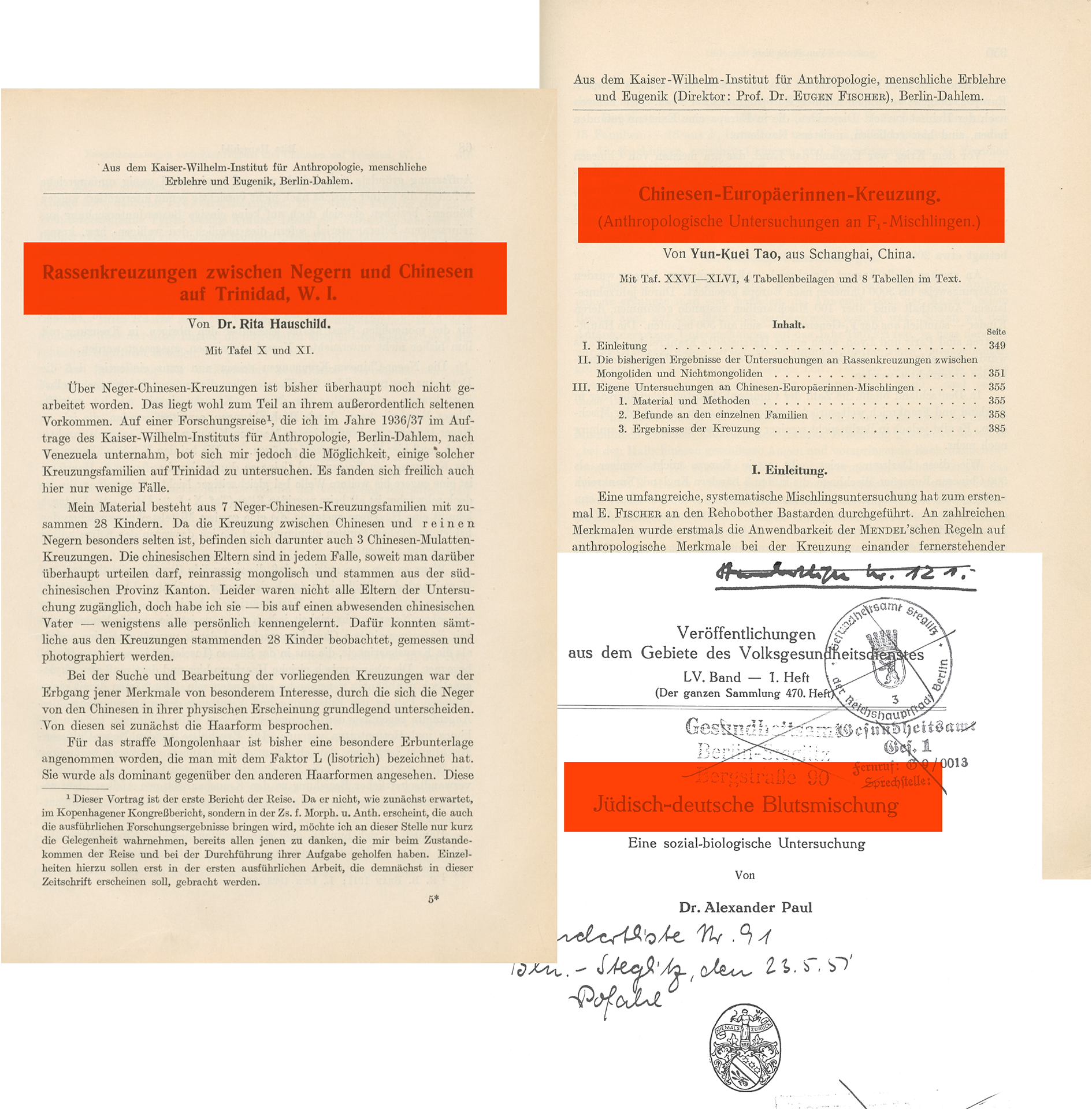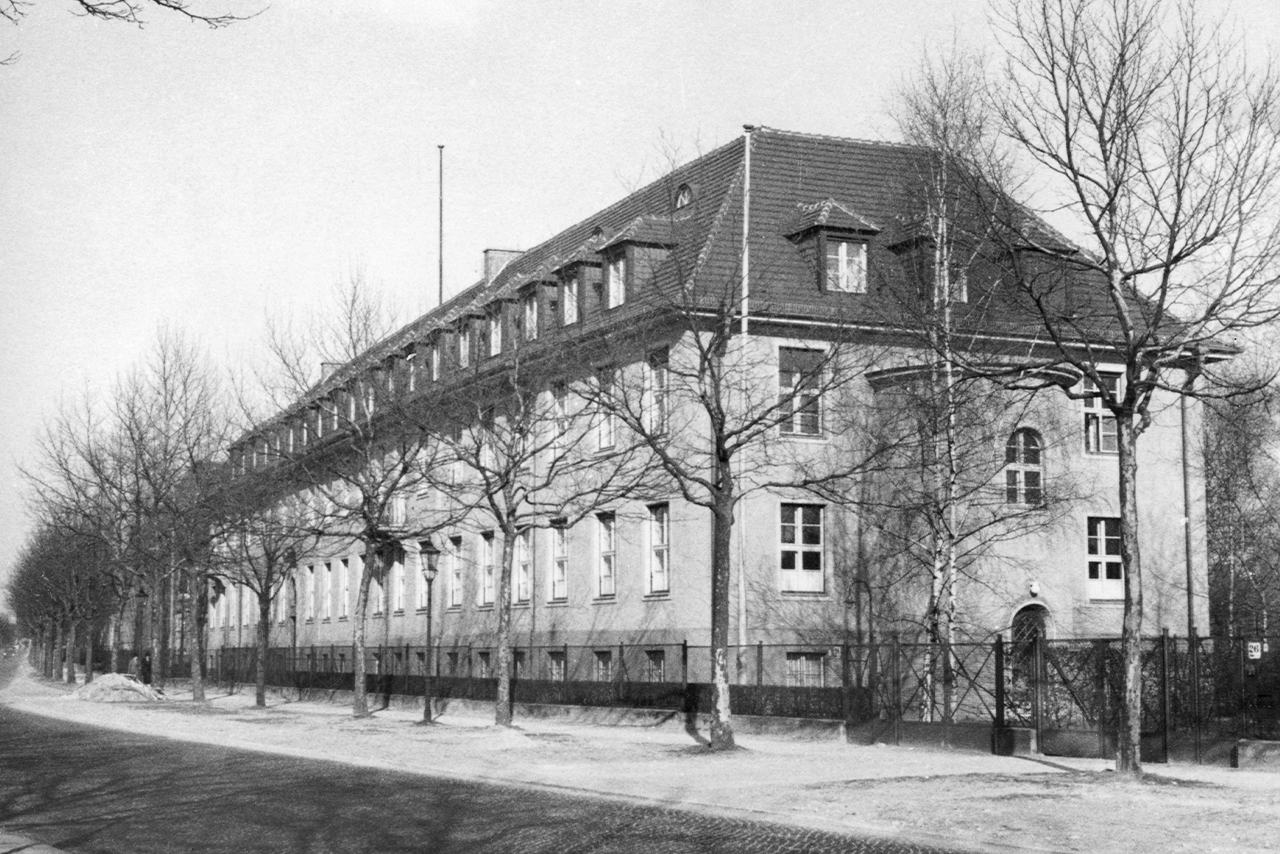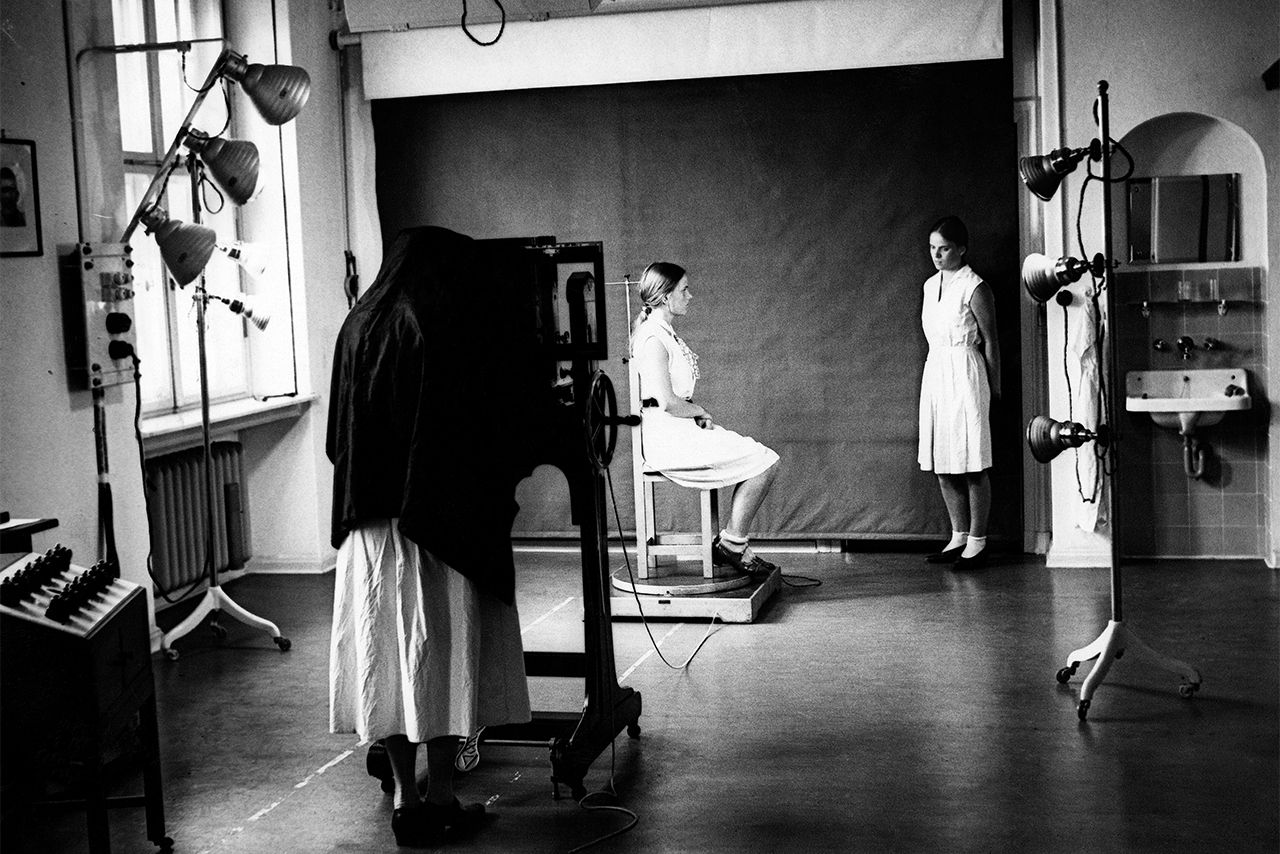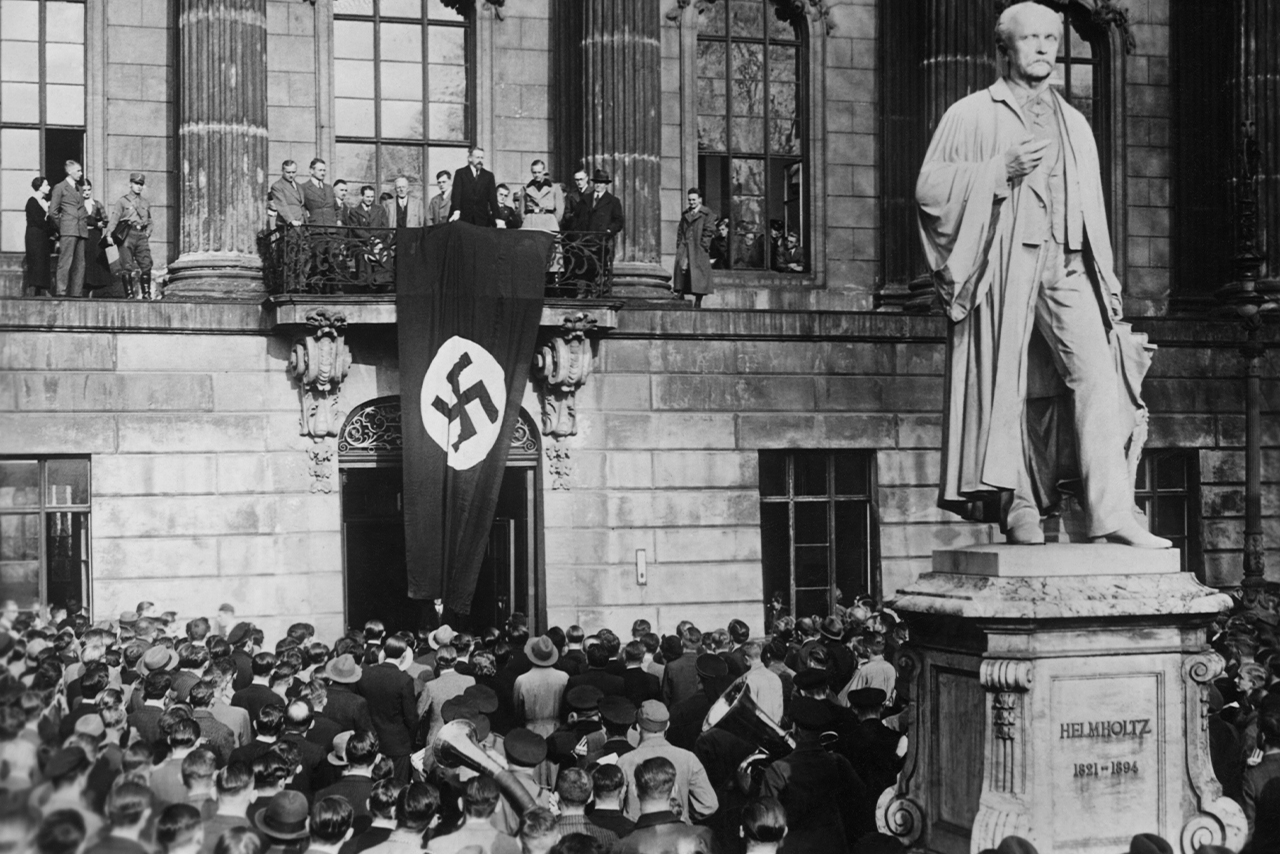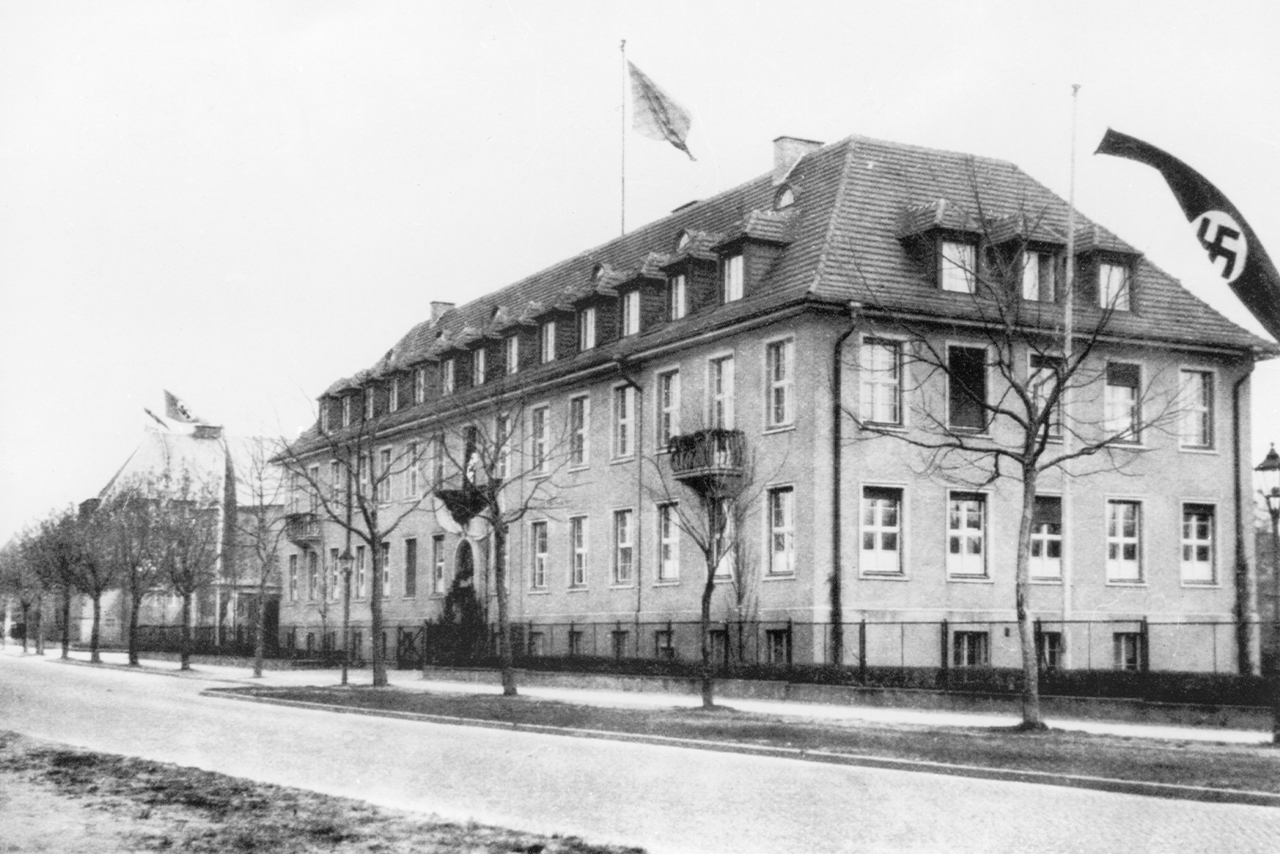EUGEN FISCHER:
OPPORTUNISTIC
STRATEGIST
Eugen Fischer (1874–1967) was the founding director of the Kaiser Wilhelm Institute for Anthropology, Human Heredity, and Eugenics. His office was located on the ground floor of Ihnestraße 22. Fischer set up the Institute as an institution for basic research. At the same time, he geared the research to the needs of, first, the Weimar Republic and later the National Socialist state. He made use of the political interest in eugenics to obtain more subsidies.
Fischer had begun his career at the time of the German Empire. His research at that time reflected colonial political interests. Fischer continued to pursue many of these research areas in the Weimar Republic and under National Socialism, adapting them to the changed political circumstances.
Some Nazis initially regarded Fischer as politically unreliable. However, Fischer quickly put the Institute at the disposal of the new regime and, in 1933, Adolf Hitler appointed him Director of Friedrich-Wilhelms-Universität Berlin (now Humboldt Universität). In 1940, Fischer joined the Nazi Party. After his retirement in 1942, his academic protégé Otmar von Verschuer became director of the Institute.
In his book, which was published during the German Empire in 1913, Fischer investigated the inheritance of what he regarded as “racial characteristics”. To do so, he took measurements of around 300 descendants of Black and White parentage in the town of Rehoboth in German-colonised Namibia. His claim was that human heredity followed the mathematical principle of Mendel’s Laws of Inheritance. This is false. Nevertheless, the book brought Fischer fame and was reprinted as late as 1961.
Fischer was interested in what he described as “race mixing”. During the Weimar Republic, he encouraged doctoral students to investigate the supposed phenomenon. Such research was also relevant to the National Socialists. They hoped to clarify the question of what proportion of Jewish ancestors would make a person “Jewish” and, therefore, subject to persecution.

